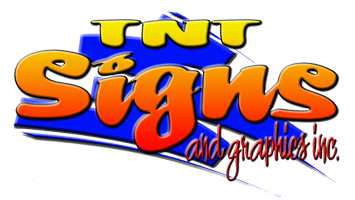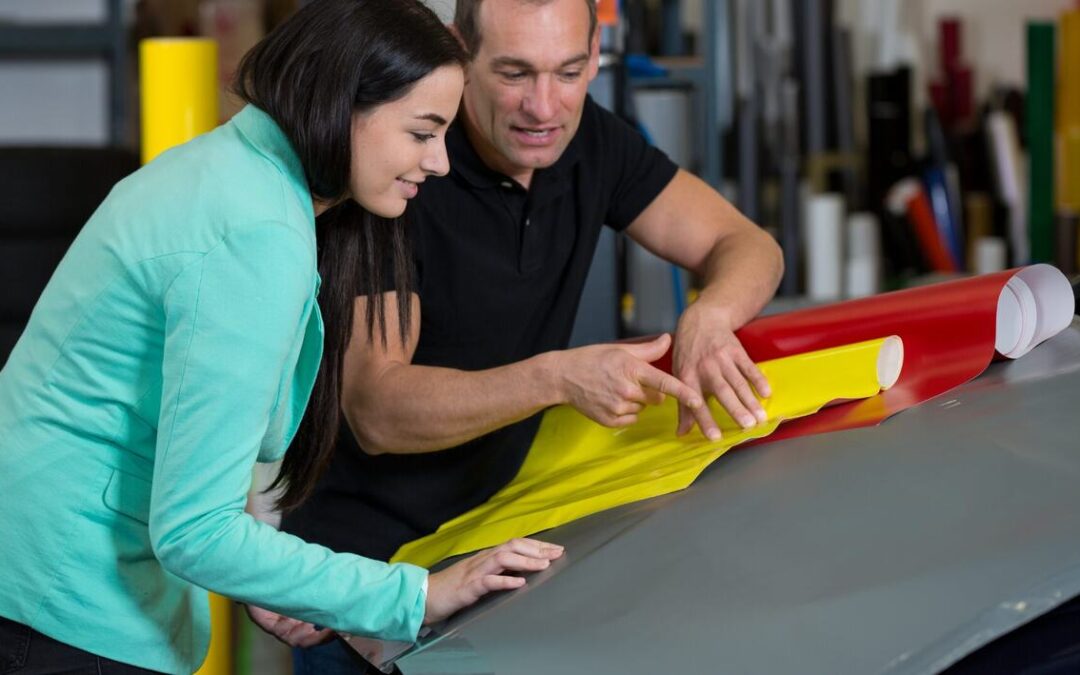When planning to promote your business or event, you want to choose the most effective and affordable method. Banner printing is one such method. What you may not know is that there are different types of banners, each with its own benefits and cons. To make it easy for you when choosing a signage to promote your business, we are going to looking at the most common types of banners, vinyl and flex.
Vinyl banner printing

Vinyl banner printing is the most commonly used today. Unlike the past where vinyl couldn’t be colored, there are new color printers in the market that can print these types of signage. If you choose vinyl, you are expected to choose your desired pattern and colors and show them to your sign maker. There is a special machine where the sign maker loads the vinyl and cuts it into your selected pattern.
Vinyl has an adhesive material which helps it to be attached to your banner board after cutting. The adhesive is pulled off before attaching vinyl to your board. Unfortunately, the process of first peeling off the adhesive material before sticking the vinyl to the board makes this type of banner prone to wrinkles.
Vinyl is mostly used to create signs and banners in surfaces that the adhesive material can stick. They have the advantage that the PVC making them is quite flexible and the vinyl can stick on the surface for many years without wearing.
Flex banner printing
Flex material is mostly used for printing in clothing. However, the recent years has seen sign makers diversify the usage of flex and use it on making signage. Unlike vinyl printing, flex is more flexible and softer. These banners are made using special printers that look like the normal inkjets but have the capability of printing flex materials. After printing, your sign maker will use heat to attach the flex material to your final product. There are special tools that are used to bond flex to the surface.
There are three types of inks used when printing on flex. These include;
- Solvent ink– these have a strong smell and are non-biodegradable. They are carcinogenic and hence not recommended for long use. They also produce low quality final print.
- Eco solvent ink- unlike the solvent ink, this type is less harmful and have very faint odor, almost odorless. They are not harmful for use under normal working conditions and they are better quality than the former.
- UV ink– this type is the most recent and it has the advantage of the previous two in that it’s ecofriendly. The UV ink doesn’t require any heating when curing it and hence can be used on variety. It produces the most vibrant quality on the final product.
Flex banner printing simply uses a board whose material can perfectly bond with the flex material. These types of banners are most preferred due to their durability. They also tend to be safer than having your banner printed on clothing.
Choosing the Right Banner Material for Outdoor Advertising
When it comes to outdoor advertising, the durability of your banner material can make or break your campaign. Vinyl banners stand out for their resilience against harsh weather conditions like rain and UV rays. Their PVC composition makes them an excellent choice for long-term displays, especially in high-traffic areas. Flex banners, while softer and more lightweight, may not hold up as well under prolonged exposure to elements, making them better suited for short-term promotions or indoor settings.
The Role of Finishing Techniques in Banner Longevity
Finishing touches like hemming and grommeting play a huge role in your banner’s lifespan. For vinyl banners, reinforced edges prevent tearing when the banner is subjected to wind stress. Grommets (the small metal rings at the corners) make it easier to hang banners securely without damaging the material. Flex banners also benefit from proper finishing, but their softer nature means that stretc hing or improper handling during installation can compromise the final look.
Mesh Banners: The Windy-Day Life Saver You Didn’t Know You Needed
Let’s paint the picture—you spend good money on a banner, hang it outside your storefront, and then… ripppp. Wind catches it like a sail and boom—your message is flapping in the breeze, half-torn, barely readable. Enter: mesh banners. These are designed for exactly that situation. Tiny, barely visible holes let the air pass through instead of turning your banner into a parachute. The result? Less strain, more stability, and a banner that actually stays put.
Mesh banners are ideal for construction zones, chain-link fences, outdoor events, or basically any spot where wind’s going to be a thing. And don’t worry—just because they’re breathable doesn’t mean you’re sacrificing visibility. Bold fonts and vibrant colors still stand out loud and clear.
Double-Sided Printing: Because One Message Isn’t Always Enough
Most banners are one-and-done, right? One side, one design, simple. But what if your banner’s hanging where both sides are visible—like suspended across a street or in a glass storefront window? You’re losing half your exposure without even realizing it. That’s where double-sided banner printing comes in, and honestly, it’s a game changer.
You can either mirror the design or have completely different messages on each side—promo on one, directions on the other, or even English on one and Spanish on the flip. Plus, modern print tech uses blockout material between the layers, so no ghosting or bleed-through. Clean. Professional. Smart.
Finishing Options That Actually Matter
Okay, we get it—”finishing” sounds like an afterthought. But here’s the twist: it can make or break your banner. Think about it—your banner’s going to be pulled, stretched, hung, maybe even rolled and re-used. That’s where finishing techniques come into play.
Want durability? Go for heat-welded hems—they won’t fray like stitched edges can. Hanging outdoors? Add nickel-plated grommets every two feet to distribute tension and prevent tearing. Hanging indoors or at a tradeshow? Pole pockets give your banner a sleek, clean look with zero sag. And if you’re worried about fading, especially in sun-blasted locations, ask for UV lamination—it’s like sunscreen for your signage.
There’s more to banner printing than just “vinyl or flex.” With the right materials, finishes, and design approach, your banner can last longer, look sharper, and flat-out work better. Whether you’re fighting wind, hanging in both directions, or just want your signage to look legit—these options can elevate your brand without breaking the bank.
Still unsure which setup’s right for your project? We’re here to walk you through it—no pressure, just solid advice.
Environmental Impact: Vinyl vs. Flex Banners
Concerned about the planet? It’s worth noting that vinyl banners, while durable, are not biodegradable, which raises sustainability concerns. Flex banners, especially those printed with UV ink, offer a more eco-friendly option. UV inks eliminate the need for solvent-based processes, reducing harmful emissions. However, the t rade-off might come down to cost and the specific use case, so weigh your priorities carefully before deciding.
Would you like further tips or examples on banner printing techniques? Let us know
Conclusion on these types of banner printing
After understanding these two types of banner printing, you have the freedom to choose the one that suits your purpose. It is important to note that flex is mostly used on clothing unlike other materials. It is also a bit expensive when compared to vinyl. Vinyl, on the other hand, is most suitable for use on smooth surfaces. Also, it is also most suitable for creating banner signs. Contact us for more information.



